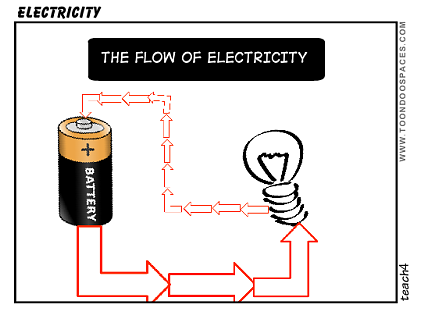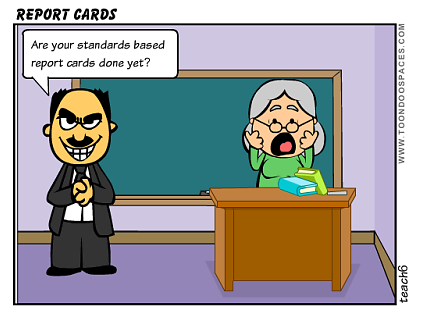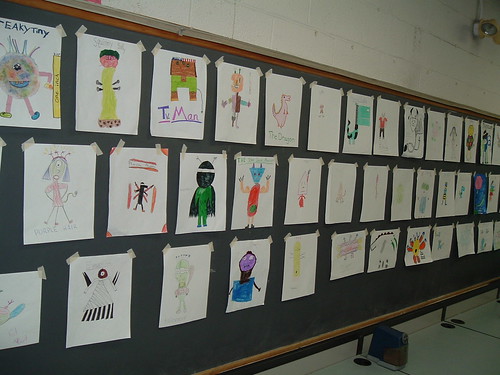Yesterday, I joined about 20 of my colleagues in a bus trip to a Professional Development Conference in New Hampshire put on by Heinemann and featuring Irene Fountas and Gay Su Pinnell, who have developed many resources for teaching and addressing literacy in the classroom.
First off, let me say that I hate conference halls where a hundred or two of us sit at long tables and listen to a single speaker. There is such little engagement between presenter and audience (I speak; You listen. It’s like the old school way of teaching, right?) and my mind drifted quite a bit at times. I noticed a lot of people in the room with their iPhones out, playing games and checking messages. (I didn’t bring my iTouch so I was safe from temptation). One of the things I love about the National Writing Project is that most sessions are hands-on engagement and I forget that not all professional development is the same way. (But: why not? I guess you can get more money from a huge hall of folks than a small room of folks.)
That said, both Fountas and Pinnell were excellent speakers and they tried their best to keep us interested as we moved through elements of their Continuum of Literacy program that centers on literacy development from kindergarten through eighth grade. They have a real research-based approach to literacy, although the focus is on reading more than writing (with a slight nod to New Literacies tossed into the mix but only slight).
Their concept of Guided Reading for students and of finding various levels of literacy so that you can best help the individual student is fascinating and something our school has moved to this year (well, we are moving towards that direction) and I am trying to absorb as much as I can. I still worry about how I am going to assess 75 students three times a year, and then develop plans for each of those readers. That’s a bit stressful.
Another thing I admire of Fountas and Pinnell: their assessment of student comprehension is based on three tiers:
- Thinking within the text (literal)
- Thinking Beyond the text (critical thinking)
- and Thinking About the text (what the writer did).
This really makes a lot of sense to me when thinking of ways to teach and assess student comprehension skill
“Teach the behavior, not the text.” — Fountas.
I love this quote — based on their own lengthy descriptions of reading behaviors that one will see at different reading levels — because it will require me to make a shift from class novels to something smaller and more individualized and I am just trying to get my mind around that shift. She notes that class novels are not bad, as long as they are not the only literacy experience the students are having (they’re not, but still … class novels are a big part of my reading program).
She said class novels allow all students to “experience the text” but not necessarily “read the text” and that makes sense to me. So, I will be rethinking things in the months to come, that’s for sure.
One more thing she said, in regards to paying attention to fluency. Reading a word is not the same as understanding the thoughts.:
“It’s not about reading the words. It’s about teaching them (students) how to read the language.”
They played a number of video clips of teachers working with students and that was helpful, particularly when I saw a clip of students using the beautiful novel, Seedfolks (which I used once with a pen pal project), and got that aha moment again (meaning: check my Scholastic book points and see if I can get a set for my class).
So, there you go: my own view of the conference.
Peace (in the sharing),
Kevin







